It's rare to find galvanized pipes in today's modern homes. If you live in a home built prior to the early 2000s, though, then galvanized pipes likely make up the bulk of your water lines. While these pipes are well-protected against corrosion, they're far from invulnerable. With that in mind, how do you repair galvanized pipe corrosion? We've researched this material and its repair techniques to get an answer for you.
To repair a galvanized pipe, you can:
- Turn off your water supply
- Assess the severity of the damage
- Remove the corrosion with vinegar, baking soda, and salt
- Discuss additional repairs or pipe removal with the plumbers in your area
Damaged galvanized pipes can reduce your water pressure, expose your home to leaks, and even increase the amount of lead that gets into your water. Luckily, you can work with the plumbers in your area to repair or remove corrosion from your water lines. Read on to learn more about the pipe repair process, the signs that call for removals, and what expenses you'll want to budget for along the way.
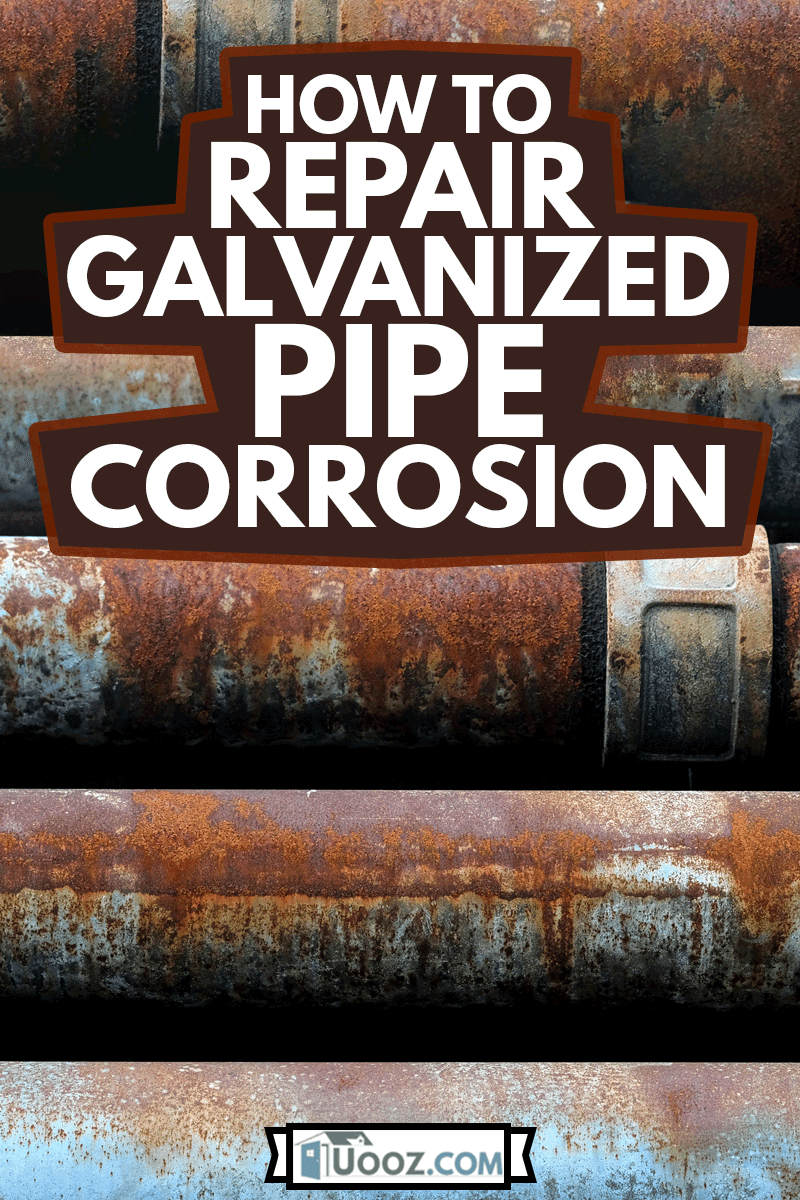
How To Repair Galvanized Pipe Corrosion
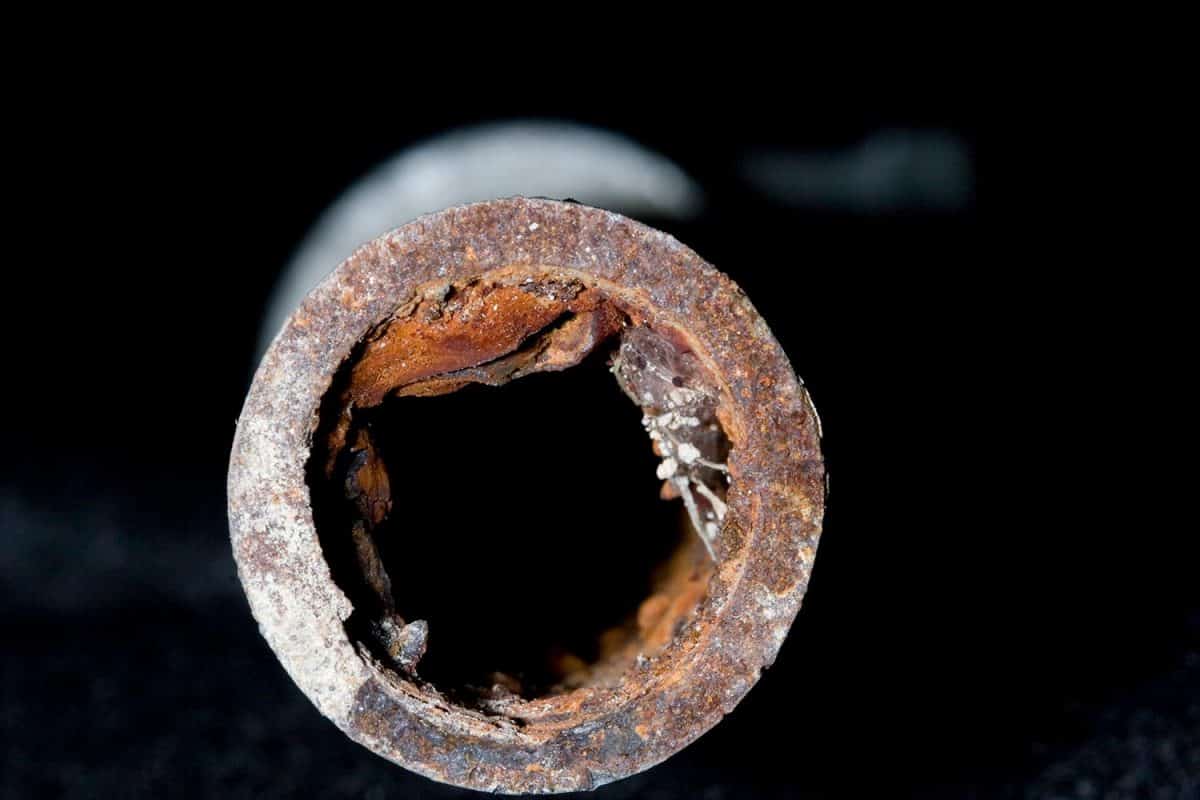
No one wants to deal with unexpected pipe damage. The older your home is, though, the more likely it is that you'll see pipe corrosion. The professional plumbers in your area can help you overcome the worst of your home's pipe damage, especially if your house is fitted with older, galvanized pipes.
That said, there are also steps you can take to minimize or eliminate the corrosion that might be impacting the flow of water throughout your home.
To repair galvanized pipe corrosion without professional guidance, you can:
- Turn off your home's water supply.
- Assess the damage and determine the size and reach of your corrosion.
- If your pipe has split, call on area professionals for guidance. Alternatively, consider removing and replacing the damaged pipe.
- If your pipe is showing only initial signs of damage, prepare to remove the corrosion.
- Mix equal measurements of vinegar, baking soda, and salt together in a bowl.
- Apply the mixture to the corrosion.
- Wait 10 minutes.
- After 10 minutes, remove the paste from your pipe.
- Turn on your water supply. Keep an eye on the pipe for additional signs of leakage.
This paste will remove signs of corrosion, but it will not address the source of your pipe's damage. Instead, you'll need to revisit this damaged spot at least once a month to assess its structural integrity. In the meanwhile, you'll want to connect with area professionals to determine whether age or the acidity of your water may have contributed to your pipe's wear and tear.
How Do You Tell if Pipes Are Corroded?
There are several different means through which you can identify corroded galvanized steel. When inspecting your pipes, you can keep an eye out for:
- Discolored faucet water
- Decreasing water pressure
- Higher-than-normal lead levels in your water
- Rust around your pipes' joints
While you can independently inspect your pipes on a biannual basis, you can also connect with the plumbers in your area. Most professional plumbers offer annual inspection services along with piping TLC. If you invest in this kind of home care before your pipes start showing signs of damage, you can prevent the more expensive repairs that might plague you later down the line.
Identifying Your Pipes
Before you try to repair your pipes, you need to know what kind of material you're working with. Older homes tend to have galvanized pipes in place, but homes built within the past ten years may have copper or plastic.
To determine what kind of pipes you have, you'll need a magnet, a coin, and a flashlight. You can start the deductive process by lifting your magnet up to the surface of your pipe. The magnet will not stick to plastic, copper, or lead pipes. Magnets will stick to galvanized steel.
If you're having difficulty determining whether or not your magnet is staying in place, you can use a flashlight to conduct a scratch test. Use a coin to gently scratch your pipes. A copper pipe will appear penny-like in color, while PVC pipes tend to appear white or gray.
Lead and galvanized steel are similar in color but differ in texture. So while both pipes will be gray, a lead pipe should be easier to scratch than galvanized steel.
Can You Patch a Corroded Pipe?
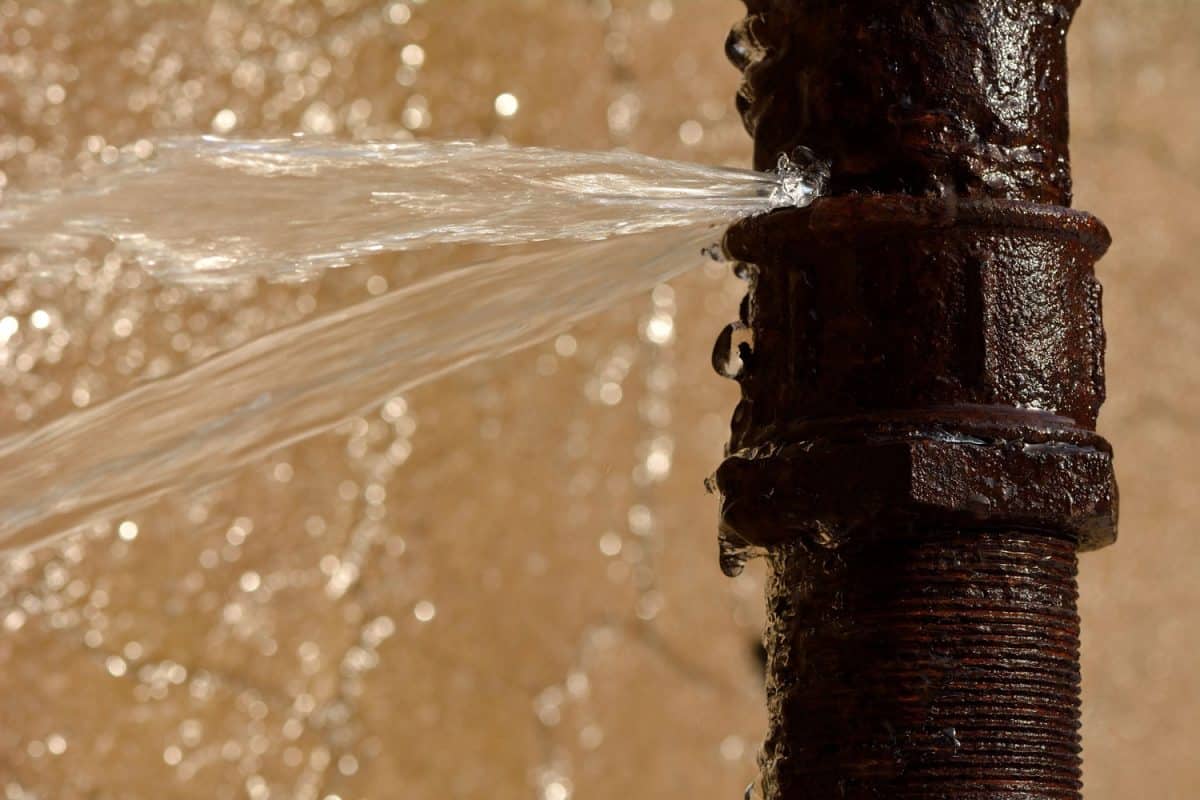
If the damage your galvanized pipes have endured is relatively contained, then you do have the option to patch the original pipe. It's often best to reach out to professional plumbers to see this process through. If you want to tackle it on your own, though, you can take the following steps:
- Purchase a pipe repair kit from your local hardware store.
- Turn off your water supply line.
- File down the damaged or rusted part of your pipe
- Smear the filed surface with the epoxy putty included in your pipe repair kit. Be sure to wear personal protective equipment during this process.
- Remove the fiberglass sheets from your pipe repair kit. Wet these sheets.
- Layer the epoxy putty with the wetted resin fiberglass.
- Pat the fiberglass to remove any air bubbles that might disrupt its structural integrity.
- Allow the fiberglass to cure for the time allotted on your repair kit.
- Only once the fiberglass has cured, turn on your water. Inspect the pipe for additional leaks.
Note that DIY pipe repair can often weaken your pipe in the long term. In turn, it's in your best interest to contact an area professional and schedule a pipe inspection after your repairs are complete. The sooner you act against additional damage, the less money you'll have to spend on plumbing repairs.
Can Flex Seal Be Applied Over Rust?
If you're looking to quickly address a leak in your home, you may be tempted to turn to Flex Seal. Flex Seal can effectively fill gaps in your pipes, but that doesn't mean that it's a long-term cure for corrosion. If you do not get rid of the rust that's plaguing your pipes, then that damage will only continue to spread.
The longer you leave rust to work against your pipes, the more expensive your eventual repairs are going to be. With that in mind, only use Flex Seal as an emergency repair measure.
If you find yourself contending with severe pipe leaks or similar rust damage, get in touch with the plumbers in your area. You can sit down with professionals for an initial consultation and discuss what repairs or replacements best suit your needs.
Do Corroded Pipes Need to be Replaced?
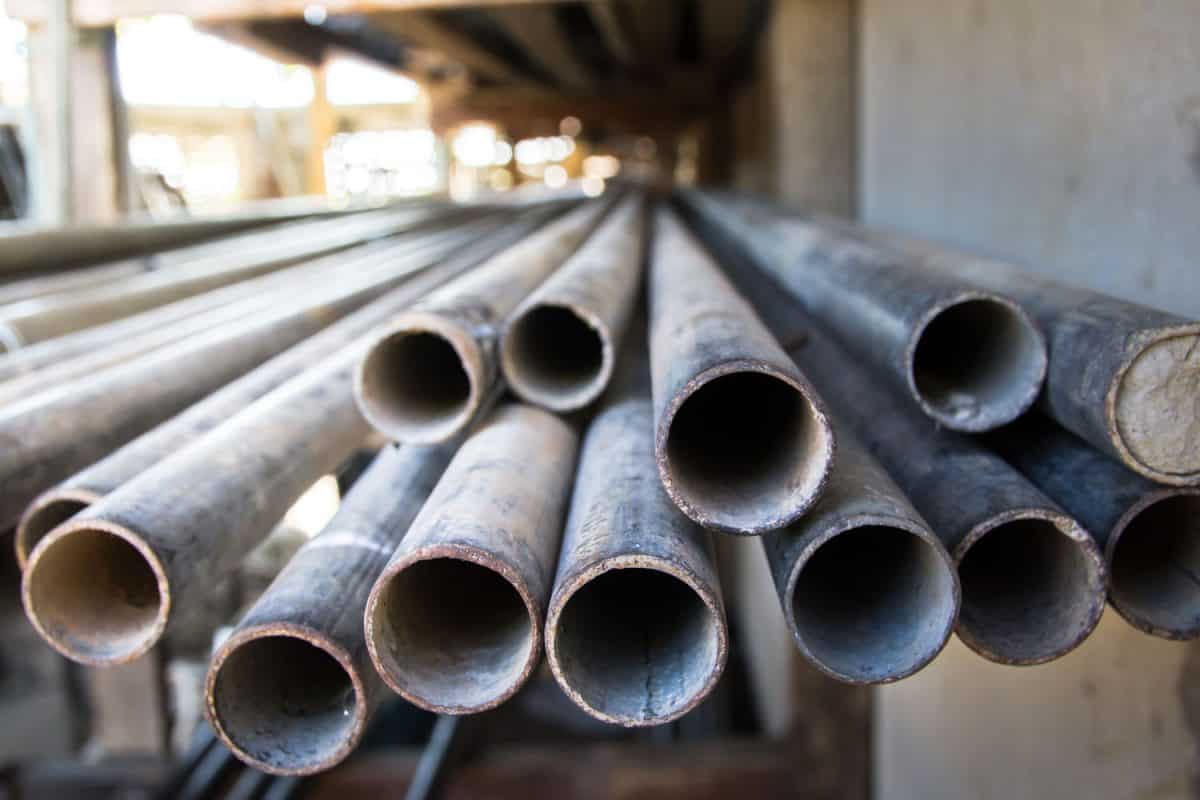
You don't always have to replace a corroded pipe. If you catch your pipe corrosion early into the process, you can often patch or otherwise repair the damage in question.
That said, if it's been a while since you inspected your piping, the damage may have extended past basic repairs. In these cases, it's in your best interest to talk with area professionals about the pipe repair process.
There are several benefits to replacing corroded galvanized pipes. If you live in an area with a lower-than-average water acidity, then copper pipes may better suit your home. You can also take this opportunity to reorient piping that may no longer be as practical as it was when your home was first built.
For more information about pipe replacement services and benefits, reach out to the plumbers serving your area. These teams can provide you with a service estimate and help you determine which kind of pipes - and appropriate protective measures - may best serve your home in the future.
How Much Does it Cost to Replace a Rusted Pipe?
The cost of plumbing repairs and replacement services varies from project to project. The longer you leave rust to damage your pipes, the more expensive your eventual repair services are going to be.
It's in your best interest, then, to sit down with a local professional to hash out a service estimate. With an estimate in hand, you can determine whether DIY repairs or professional services might suit your budget best.
On average, it costs between $600 and $3,500 to replace pipelines throughout your home. This cost covers the complete removal of any corroded pipe and its subsequent replacement. Note that the installation of home protective measures, including pipe sleeves or vapor barriers, may increase the amount you have to spend on pipe replacement services.
Taking Care of Your Galvanized Steel Pipes
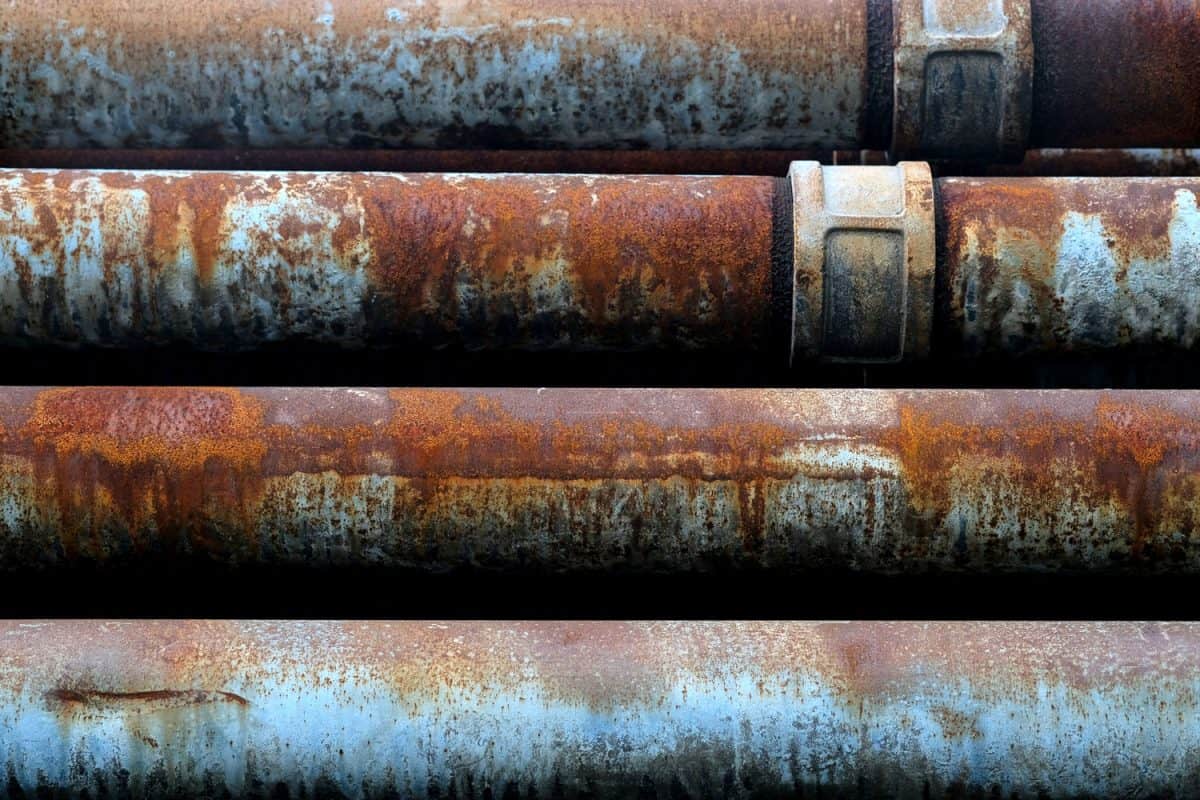
Galvanized pipes are most common in homes built prior to 2000. If you live in an older home and aren't sure how well your pipes are holding up, then it's time to inspect your plumbing. Your home's low water pressure or high lead levels may be the fault of corroded piping.
You can repair corroded galvanized steel pipe on your own or with the help of area professionals. Either way, make sure you have all of the appropriate tools on hand. The more care you take in repairing your damaged pipes, the better off the rest of your home is going to be.
